The Irish R3 steer price is 10c/kg better than the EU average R3 young bull at 361c/kg compared with 351c/kg. However, it is substantially behind the Northern Irish price, which is the equivalent of 394c/kg, and the British price of 400c/kg equivalent for R3s.
Top prices in Europe for R3 young bulls ex-farm were paid in Sweden, where the equivalent of 428c/kg was paid, and Italy, where 404c/kg was the average price.
Steers / young bulls
French R3 young bulls were also ahead of the Irish at 366c/kg but in the other main markets to which Ireland exports beef, farmgate prices were below the Irish price. There was a similar trend in R3 heifer prices, with the Irish R3 price of 367c/kg being 5c/kg better than the EU average but 30c/kg behind Northern Ireland, where the equivalent of 397c/kg was the average price paid. Britain was higher again on the equivalent of 400c/kg, while the price for R3 heifers in France was 403c/kg, substantially ahead of the R3 young bull price there. Sweden was on top, as always, on the equivalent of 428c/kg for R3 heifers.
Cows
On O3 cows, the Irish price of 276c/kg was 10c/kg better than the EU average but again well behind the price in Northern Ireland, which was the equivalent of 309c/kg, and Britain at 306c/kg equivalent. Sweden was again in front at the equivalent of 386/kg, with France next best on 310c/kg for the O3 grade. Ireland is next, ahead of Netherlands, Germany, Italy and Spain.
Global markets
In global markets, the US is getting back to normal after the weekly kill being reduced by COVID-19 closures and reduced throughput. Last week’s kill was 633,000 cattle compared with 524,000 the week before and just 30,000 below the 665,000 throughput of the same week in 2019. Prices eased back, with the average steer selling for the equivalent of 347c/kg. Australian prices have been edging upwards in recent weeks, with MSA heavy steers the equivalent of 385c/kg. Brazilian prices remain weak despite some recovery in the currency value at the equivalent of 233c/kg.
EU trade
EU imports and exports were well down for the first quarter compared with last year. Total exports were 263,000t, which includes 90,434t to the UK, compared to 279,204 in the first quarter of 2019, with 120,715 of that going to the UK. On imports, 96,247t came into the EU during the first quarter, including 27,824t from the UK, compared with 112,559t for the same period last year, with 44,832 of that coming from the UK.
Read more
Beef Trends: prime cattle hold as cows move north
NI trends: higher prices on offer for in-spec cattle; lamb prices holding steady
The Irish R3 steer price is 10c/kg better than the EU average R3 young bull at 361c/kg compared with 351c/kg. However, it is substantially behind the Northern Irish price, which is the equivalent of 394c/kg, and the British price of 400c/kg equivalent for R3s.
Top prices in Europe for R3 young bulls ex-farm were paid in Sweden, where the equivalent of 428c/kg was paid, and Italy, where 404c/kg was the average price.
Steers / young bulls
French R3 young bulls were also ahead of the Irish at 366c/kg but in the other main markets to which Ireland exports beef, farmgate prices were below the Irish price. There was a similar trend in R3 heifer prices, with the Irish R3 price of 367c/kg being 5c/kg better than the EU average but 30c/kg behind Northern Ireland, where the equivalent of 397c/kg was the average price paid. Britain was higher again on the equivalent of 400c/kg, while the price for R3 heifers in France was 403c/kg, substantially ahead of the R3 young bull price there. Sweden was on top, as always, on the equivalent of 428c/kg for R3 heifers.
Cows
On O3 cows, the Irish price of 276c/kg was 10c/kg better than the EU average but again well behind the price in Northern Ireland, which was the equivalent of 309c/kg, and Britain at 306c/kg equivalent. Sweden was again in front at the equivalent of 386/kg, with France next best on 310c/kg for the O3 grade. Ireland is next, ahead of Netherlands, Germany, Italy and Spain.
Global markets
In global markets, the US is getting back to normal after the weekly kill being reduced by COVID-19 closures and reduced throughput. Last week’s kill was 633,000 cattle compared with 524,000 the week before and just 30,000 below the 665,000 throughput of the same week in 2019. Prices eased back, with the average steer selling for the equivalent of 347c/kg. Australian prices have been edging upwards in recent weeks, with MSA heavy steers the equivalent of 385c/kg. Brazilian prices remain weak despite some recovery in the currency value at the equivalent of 233c/kg.
EU trade
EU imports and exports were well down for the first quarter compared with last year. Total exports were 263,000t, which includes 90,434t to the UK, compared to 279,204 in the first quarter of 2019, with 120,715 of that going to the UK. On imports, 96,247t came into the EU during the first quarter, including 27,824t from the UK, compared with 112,559t for the same period last year, with 44,832 of that coming from the UK.
Read more
Beef Trends: prime cattle hold as cows move north
NI trends: higher prices on offer for in-spec cattle; lamb prices holding steady




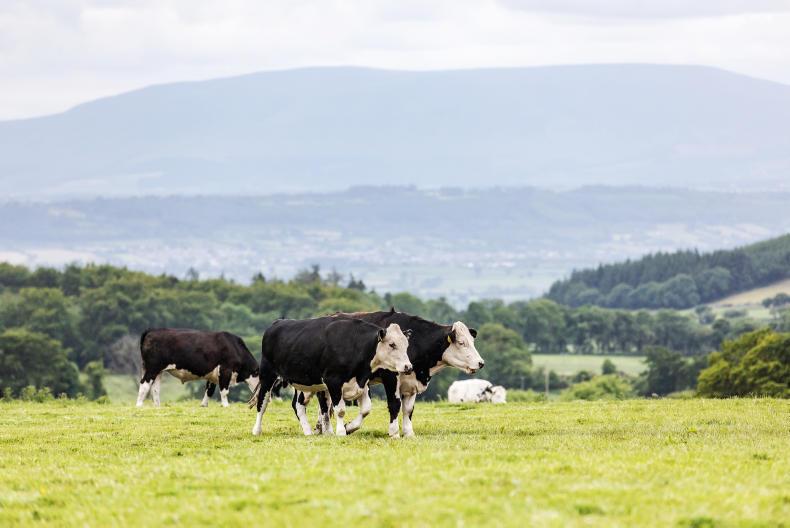
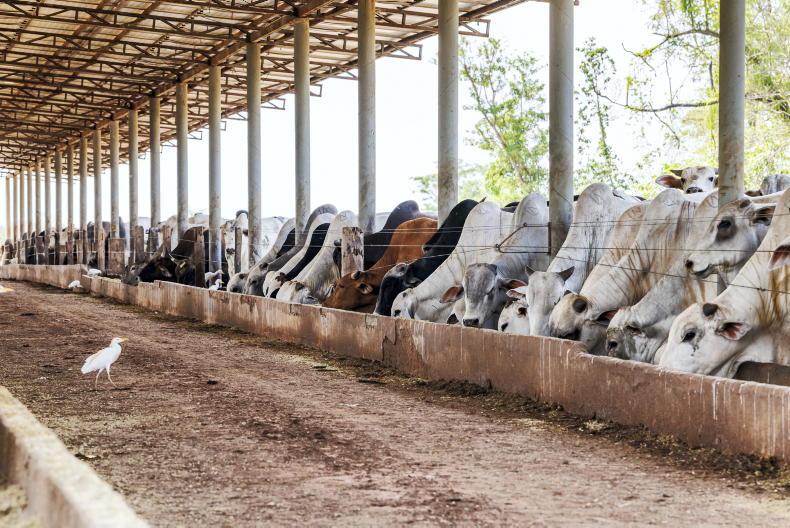
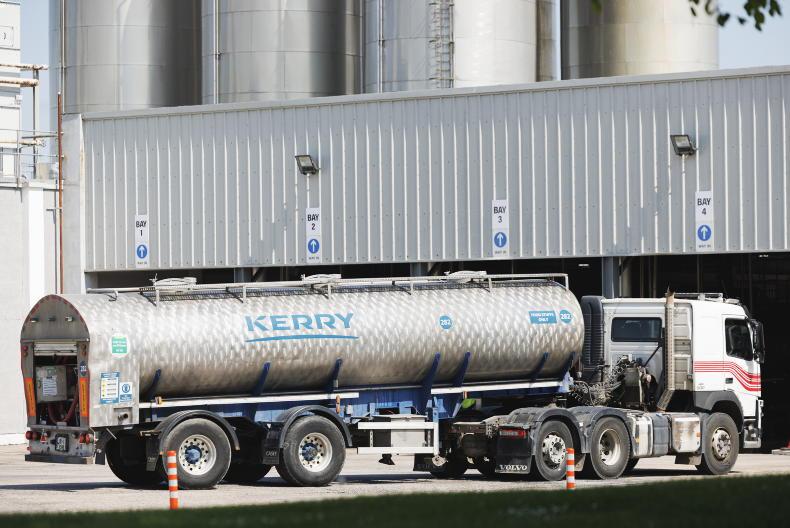
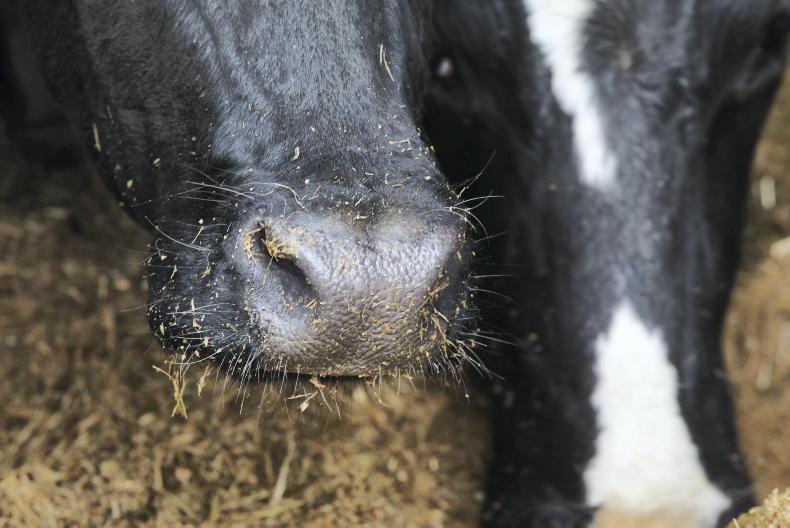
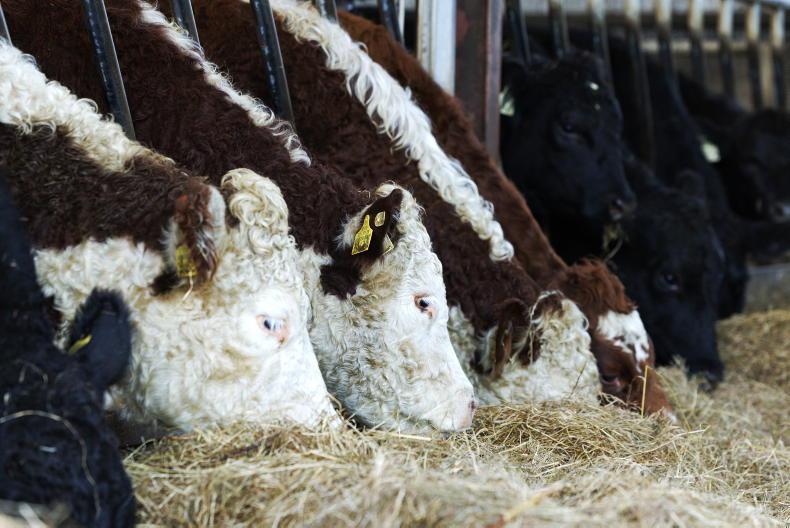
SHARING OPTIONS